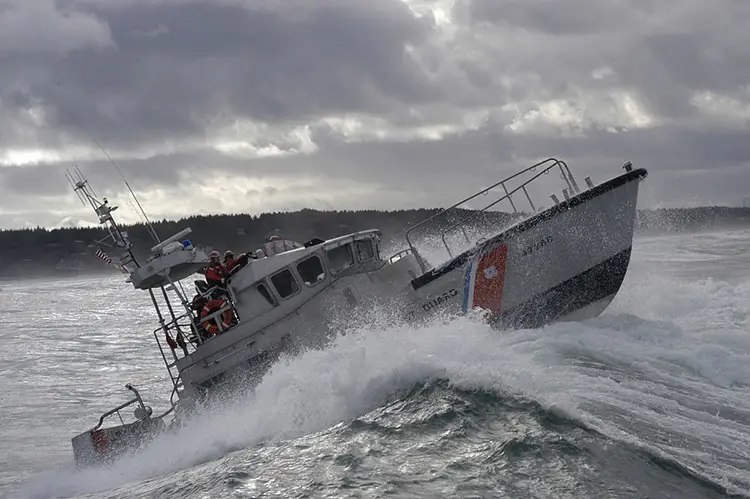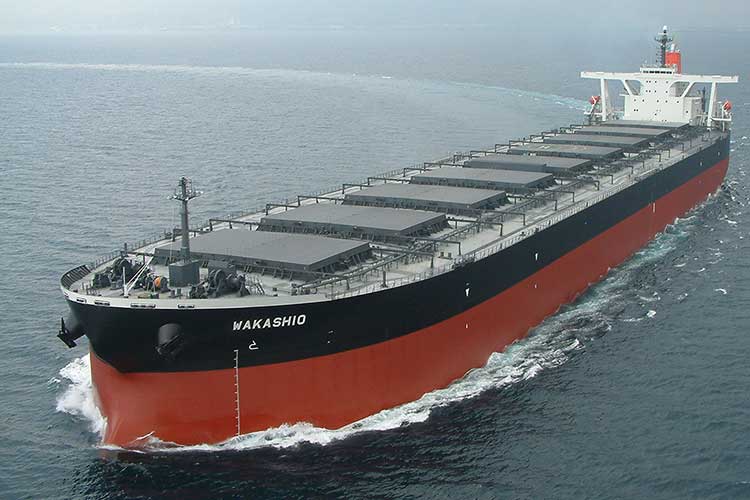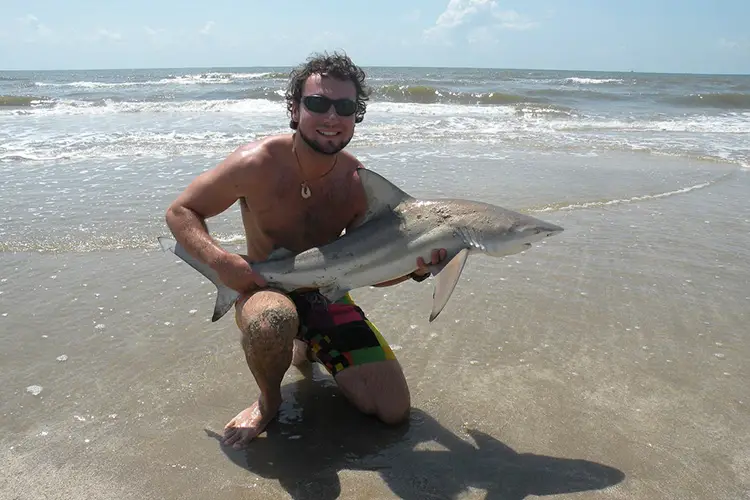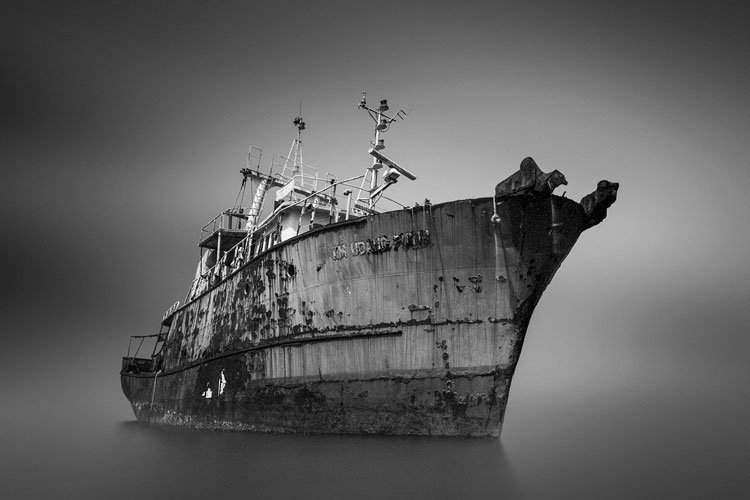What is Baltic Exchange?

The Baltic Exchange is a London-based and world’s only exchange that supplies traders dealing in shipping freight with real-time maritime shipping data for the settlement of physical and derivative shipping contracts. It has around 600 members from all over the world. Singapore, Shanghai, and Athens are among the exchange’s regional offices.
For the trading and settlement of physical and derivative shipping contracts, the Baltic Exchange provides an independent source of maritime market information. The exchange also publishes and tracks the number of indexes, including the Baltic Dry Index, which is a gauge of the cost of shipping bulk cargoes around the world.
The indices are
- Baltic Exchange Capesize Index (BCI)
- Baltic Exchange Panamax Index (BPI)
- Baltic Exchange Supramax Index (BSI)
- Baltic Exchange Handysize index (BHSI)
- Baltic Exchange Dry Index (BDI)
- Baltic LNG Tanker Index (BLNG)
- Baltic Clean Tanker Index (BCTI)
- Baltic Dirty Tanker Index (BDTI)
Its global community of approximately 600 members represents the vast majority of global shipping interests and adheres to a code of corporate behaviour supervised by the Baltic. A considerable amount of all dry cargo and tanker fixtures, as well as the sale and purchase of merchant vessels, is handled by Baltic Exchange members.
Responsibilities
The Baltic’s major function is to provide facilities for the fixing of cargoes for merchant ships. The intricate array of shipbrokers, chartering agents, marine arbitrators, surveyors, average adjusters, and others provide more of the services essential to the world’s shipping than all other countries combined; none of the City of London’s worlds of invisible earners is perhaps more invisible than the intricate array of shipbrokers, chartering agents, marine arbitrators, surveyors, average adjusters, and others; these provide for more of the services essential to the world’s shipping than all other countries put together. Furthermore, their contribution to the UK’s balance of payments has increased at a quicker rate than any other component of the City’s hidden earnings.
For each of the BDI component vessels, the Baltic Exchange constructs the index by comparing numerous shipping rates across more than 20 routes. For each index, examining different geographic shipping paths adds depth to the composite measurement. Members contact dry bulk carriers all over the world to get rates, which they then average. The Baltic Exchange publishes the BDI on a daily basis.
The Baltic Dry Index can provide investors with information on worldwide supply and demand movements. Many people believe that a rising or falling index is a good predictor of future economic growth. It’s based on raw minerals because they’ll be in high demand in the future. These materials are purchased for the construction and maintenance of structures and infrastructure, not when buyers have an excess of materials or are no longer creating or manufacturing things.
The Baltic Exchange also works as a market maker for freight derivatives, such as forward freight agreements, which are financial forward contracts.
History

The Baltic Exchange is the oldest maritime market in the world. Its name comes from the Virginia and Baltick Coffee House. It was founded in 1744. The exchange was mostly utilised by merchants who dealt largely in tallow from the Baltic coast. At the time of the construction of the Baltic Exchange building in St Mary Axe, which opened in 1903, the Baltic Exchange was reorganised into its existing corporate form.
The Baltic has grown to become the world’s most prestigious and only international, self-regulated market for matching ships and cargoes, as well as buying and selling ships. Although a trading floor is no longer necessary in light of modern business tactics and international communications, the Baltic’s global members continue to function as a maritime marketplace and adhere to the highest ethical standards.
The Baltic Exchange has its roots in a coffee house in the City of London that served as a prominent gathering place for merchants and shipowners in 1744. Its first laws were formed in 1823, and it was dubbed “The Baltic Company” in 1857. It was renamed the Baltic Exchange after merging with the London Shipping Exchange in 1900. The Baltic Freight Index was the first in a series of index products launched by the exchange in 1985.
An IRA bomb planted in a van parked outside the company’s premises at 24-28 St. Mary Axe on 10 April 1992 destroyed them. Three people were killed, including Baltic attendant Tom Casey, and a large number of people were injured. The trading floor had to be shut down. They did, however, start a trading floor in Lloyds of London a few days later, and then moved to a new address on St. Mary Axe. The exchange relocated to the 30 St. Mary Axe (“The Gherkin”) building when it opened in 2004.
Baltex was created by the exchange in June 2011 as the first central electronic marketplace for freight forward agreements (FFAs), which allow investors to speculate on freight prices at a future date. Following an announcement by LCH to cease its FFA clearing services amid low volumes, the exchange announced in August 2017 that it would close the platform at the end of the year after a review of strategic options.
The Singapore Exchange (SGX) made a non-binding bid to buy Baltic Exchange for £160.41 in cash per share, for a total consideration of £77.6 million, in February 2016. The Baltic Exchange agreed to be acquired by SGX in August 2016, and the acquisition was completed in November 2016.
Currently, the Baltic Exchange provides the following set of services:
- Information on the dry, wet, and gas freight markets that is independent and of high quality.
- Chartering, sale and purchase markets, and freight derivatives markets are all self-regulated.
- Competing freight market interests have a central forum.
- Framework for ensuring good business ethics and collaboration
- Members get access to business facilities in London.
Address
Tel:+44 (0)2072 839 300
Fax:+44 (0)2073 691 622
Email:enquiries@balticexchange.com
Web: www.balticexchange.com
Address:38 St Mary Axe
London
EC3A 8BH
United Kingdom








A thorough explanation of what the Baltic Exchange is about.
Thanks